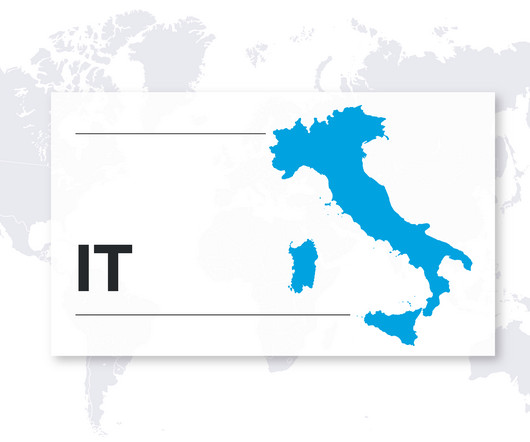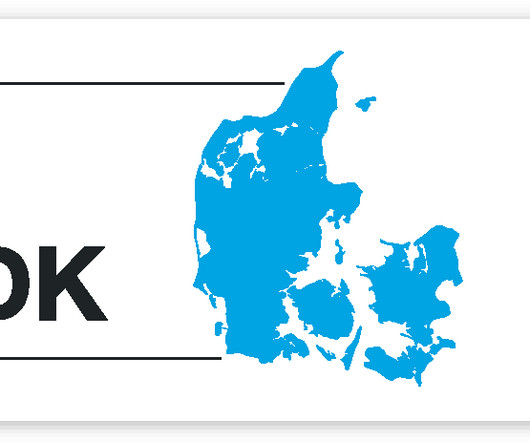Navigating EU CSRD and Pay Equality
Trusaic
APRIL 4, 2023
Addressing potential pay discrimination in your company Employers can ensure compliance with the CSRD and Pay Transparency directives in two key ways: Carry out a pay equity analysis to identify the existing disparities within your compensation structures. By 2031 , all smaller employers (100 or more employees) will have to comply.























































Let's personalize your content